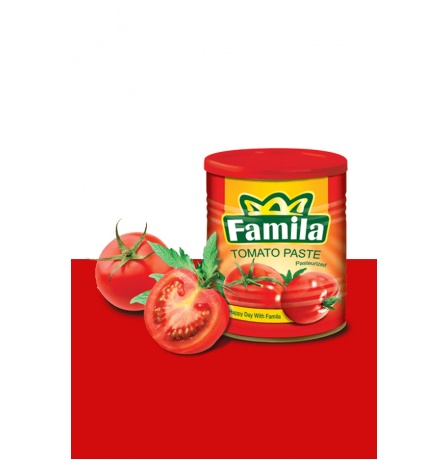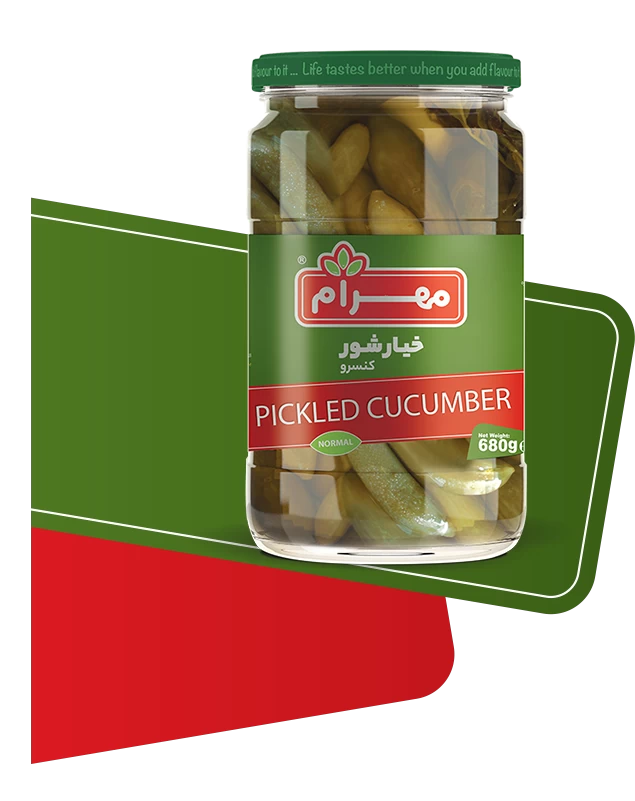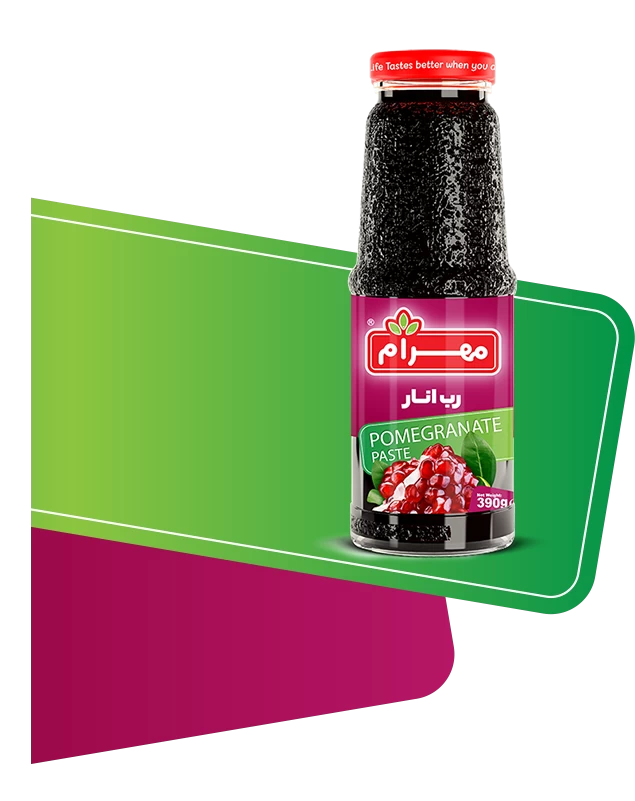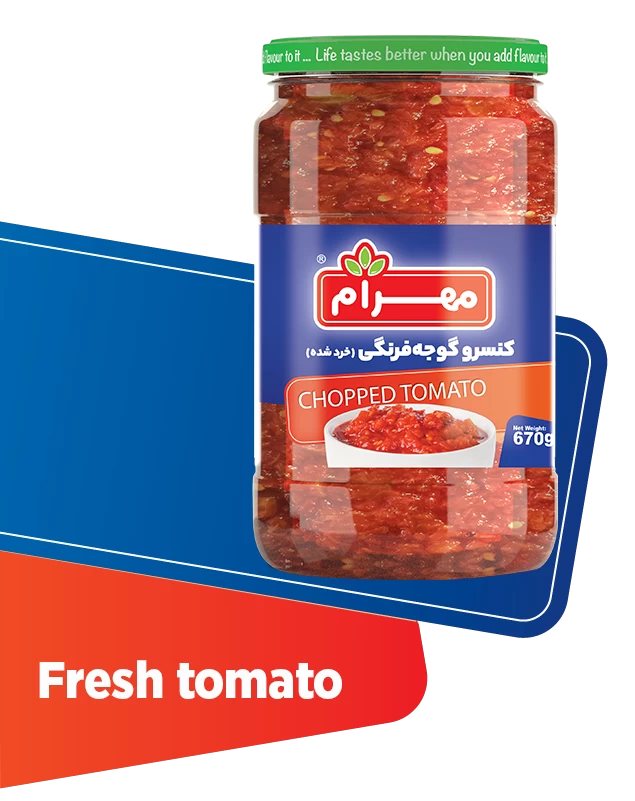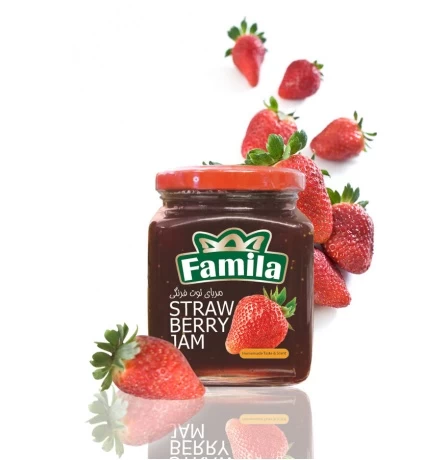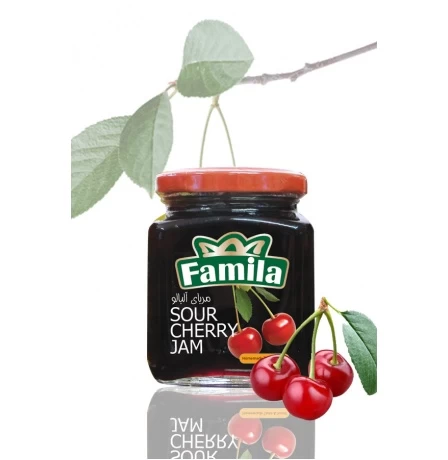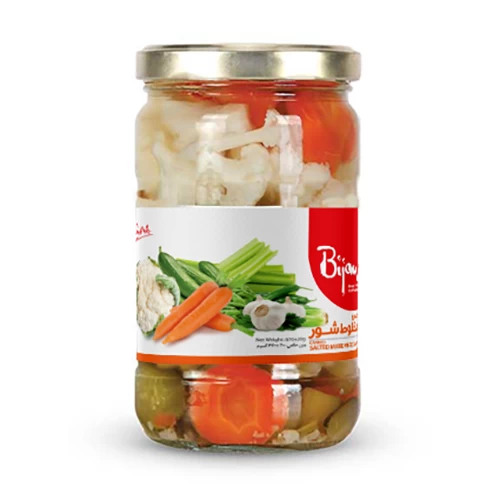- produced from the best tomatoes
- without any preservatives
- with a rust-proof and resistant inner coating
- easy-to-open lid and plastic lid
- the right color and the right amount of salt
- Brix 29-27
Tomato paste is made from whole tomatoes that are cooked, strained to remove seeds and skins, then cooked again to evaporate moisture. The result is a thick, smooth, deep-red paste with a sweet, highly concentrated flavor.
Tomato paste is a concentrated paste that needs to be spooned or squeezed out of a container. Tomato purée is thinner and more liquid, like a blended sauce. Tomato puree is sometimes made of a mixture of tomato paste and water, while paste can be made from reduced purée.
Other than being a game-changer for spaghetti, lasagna, and minestrone, tomato paste is a valuable source of lycopene, vitamin C, vitamin K, and a host of other minerals that seriously kick butt when it comes to fighting disease.
Tomato paste is made from whole tomatoes that are cooked, strained to remove seeds and skins, then cooked again to evaporate moisture. The result is a thick, smooth, deep-red paste with a sweet, highly concentrated flavor.
Tomato paste is great to have on hand when making a tomato-based pasta sauce, since it can intensify the umami tomato flavors already present. It's a key ingredient in this simple marinara sauce, which you can make entirely from canned tomatoes. It's also crucial in this salty, robust puttanesca sauce.
Add the tomatoes and cook until soft and the peels begin to detach from the tomato flesh. Pass the tomatoes through a food mill. Push the warm tomatoes through a food mill, sieve, or chinois to separate the tomato pulp from the seeds and skins. Stir the sea salt and citric acid or lemon juice into the pulp.
Other than being a game-changer for spaghetti, lasagna, and minestrone, tomato paste is a valuable source of lycopene, vitamin C, vitamin K, and a host of other minerals that seriously kick butt when it comes to fighting disease.
 +7929688-88-14
+7929688-88-14

 English
English
 Persian
Persian
 Russian
Russian
 Chinese
Chinese


 +7929688-88-14
+7929688-88-14

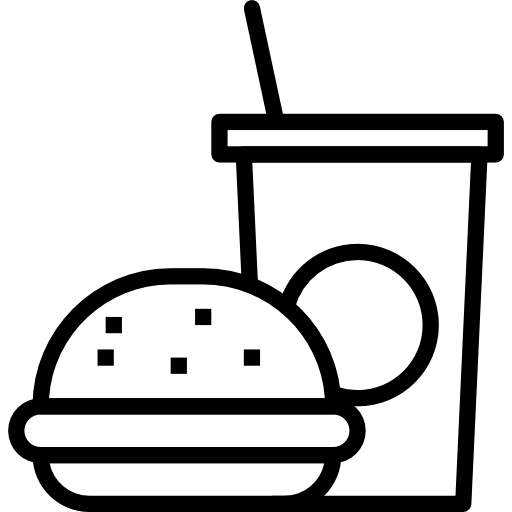 Fruit & Vegetable Products
Fruit & Vegetable Products

